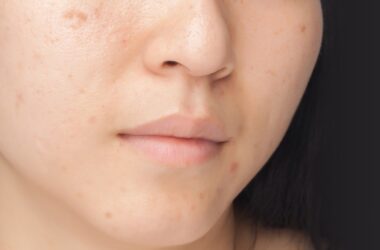Table of Contents
Understanding Product-Specific Side Effects in Skincare
When it comes to taking care of your skin, it’s essential to be aware of the potential side effects that may arise from using certain products. This is particularly crucial for those with sensitive skin or allergies, as even mild reactions can be distressing. In this article, we’ll delve into the world of product-specific side effects, exploring common reactions and their causes, to help you make informed decisions about your skincare routine.
Mild Reactions: The Most Common Side Effects
Mild reactions are the most common occurrences, and they usually subside on their own once the product is discontinued or replaced. Some common mild reactions include:
- Brief stinging or tingling sensation, often due to high concentrations of alpha-hydroxy acids (AHAs) or beta-hydroxy acids (BHAs)
- Mild dryness or flakiness, often resulting from over-exfoliation or lack of moisturizer
- Slight redness or skin irritation, typically caused by essential oils, retinoids, or benzoyl peroxide
Serious Reactions: A Cause for Concern
While rare, serious reactions can be worrying and sometimes life-threatening. These might include:
- Anaphylaxis, a severe allergic reaction characterized by rapid heartbeat, difficulty breathing, and loss of consciousness, typically caused by an ingredient such as soy, gluten, or shellfish
- Severe skin irritation, including blisters, rashes, or burns, often resulting from strong chemicals, fragrances, or dyes
- A severe reaction to ingredients like sulfa or fragrance, which can cause anaphylaxis-like symptoms
What to Do If You Experience Side Effects
If you experience any of the above side effects, it’s crucial to take immediate action. Here are some steps you can take:
- Discontinue use of the product
- Contact your doctor or a dermatologist for further guidance and potential alternative treatments
- Consider a patch test for any new products to gauge your skin’s reaction
Remember, it’s always better to be safe than sorry. By being aware of potential product-specific side effects, you can make more informed decisions about your skincare routine and mitigate any unwanted reactions. Happy skin care, and may it be a journey filled with healthy, glowing skin!




